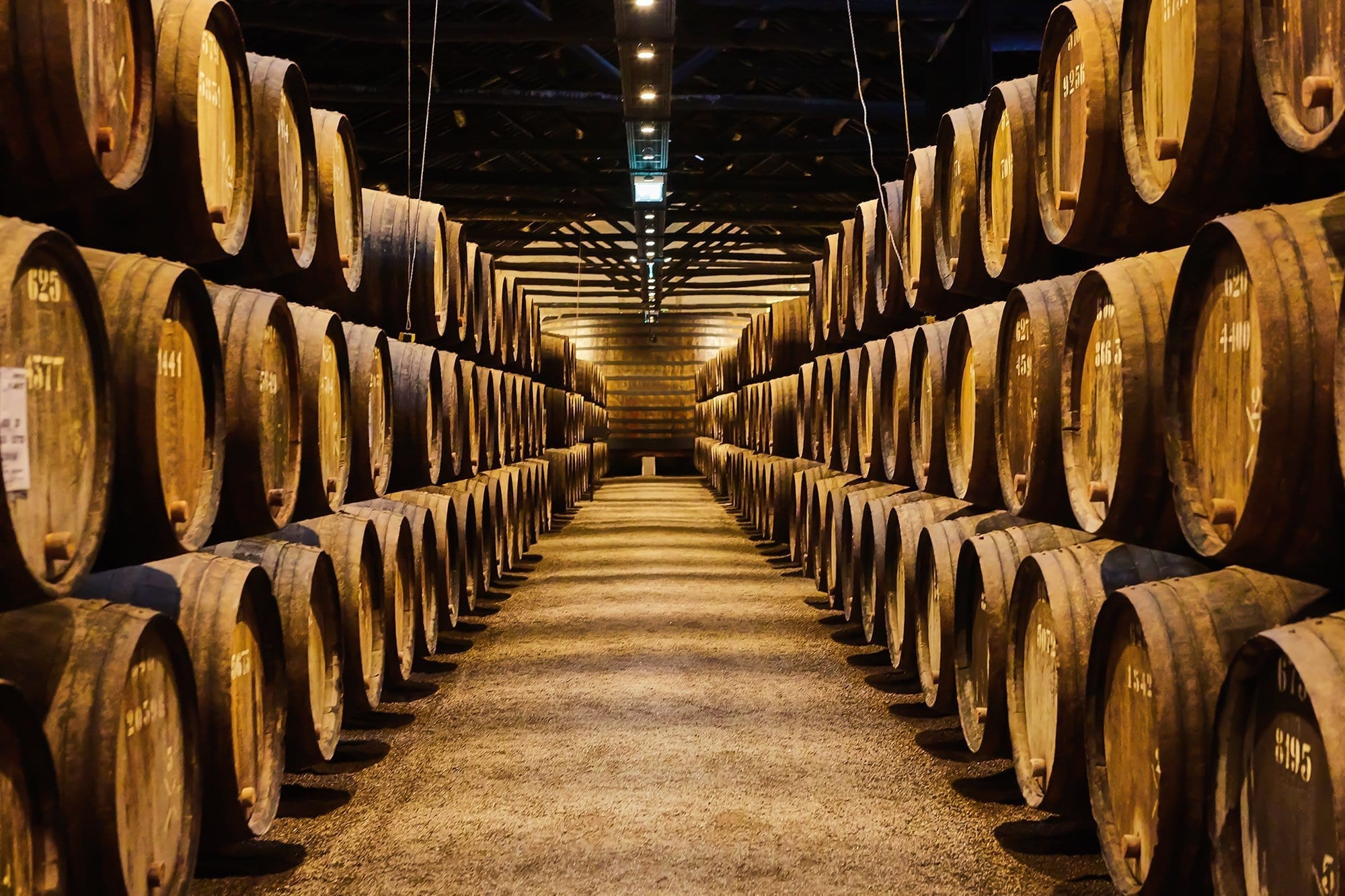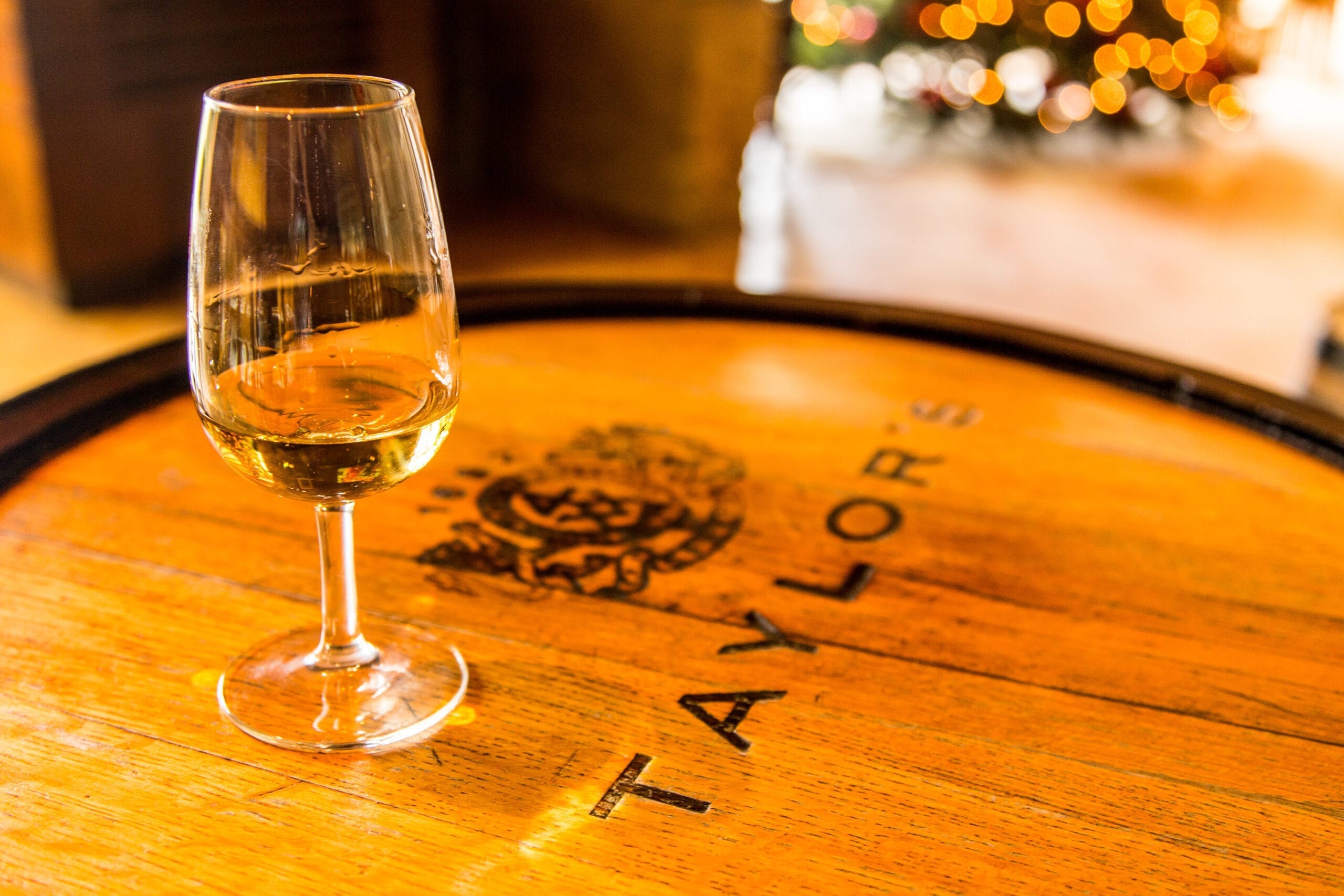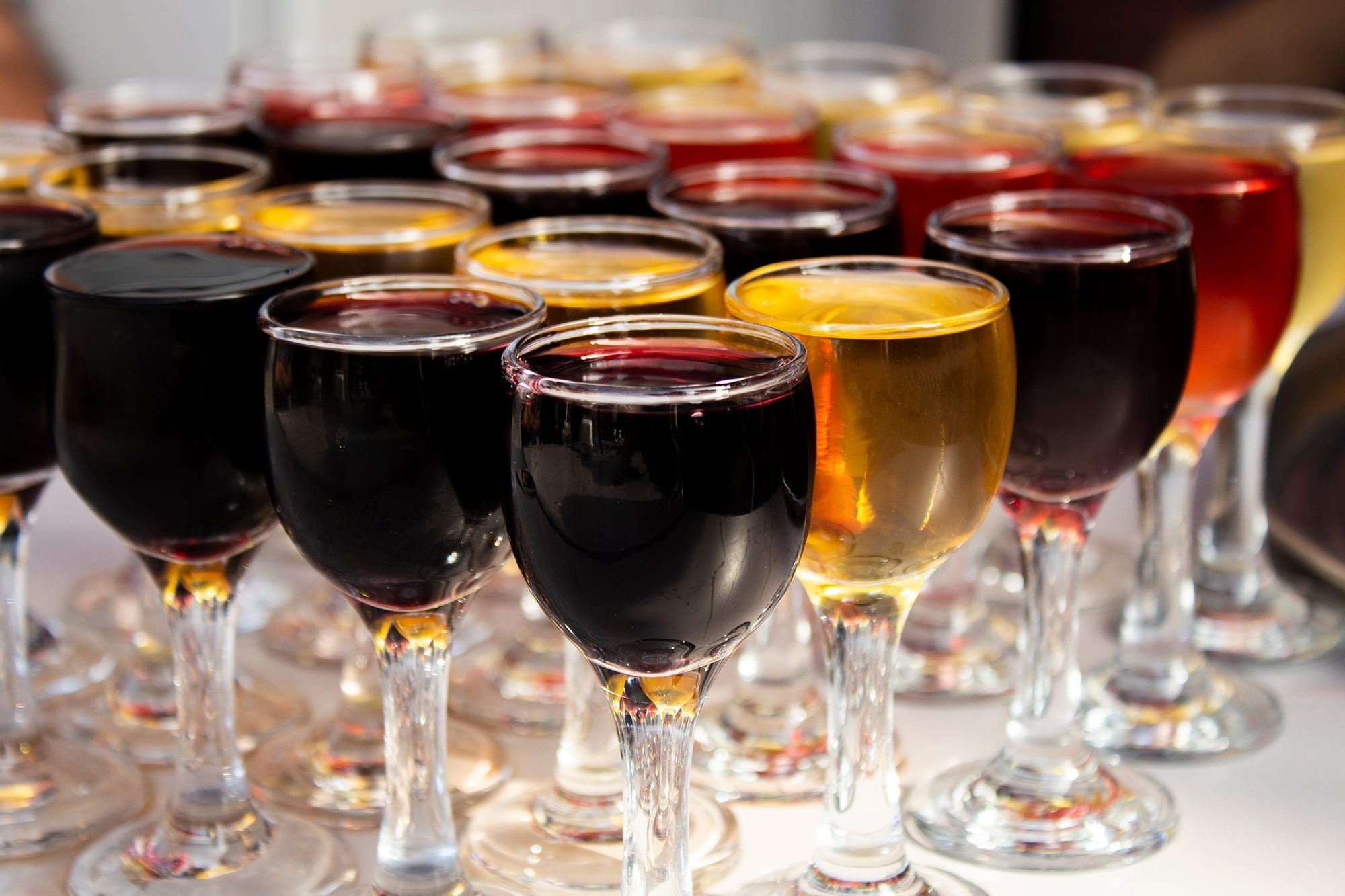Portugal’s Port wines:
A beginners guide
Wine has been produced in Portugal for 2,000 years and this long tradition has produced a vibrant cultural landscape of outstanding beauty. The Rio Douro (“River of Gold”) winds for over 200km through the Alto Douro Wine Region, from the Spanish border all the way to the sea, with beautiful wine lodges and tiny villages sprinkled on the hillsides.
Portuguese wines are known for their rich flavors, but none are as world-renowned as its Port wine. Porto (or simply Port) is a fortified wine, generally sweet, and often served as a dessert drink. Port wines have rich and intense aromas and flavours, with high alcohol content, usually between 19% and 22% (so make sure you sip it slowly).
Port will be a big part of any Portugal adventure, so here are some basics to help you impress the crowd:
Vintage
The king of Port wines, produced in small batches and pretty expensive. Although it can be immediately consumed, it is usually kept in ageing cellars for up to 40 years. Fancy stuff.

Ruby
A wine whose colour resembles a red ruby. This happens because the ageing process has little or no oxidation (around three years in wooden barrels). Young, full bodied, rich in fruity aromas.
Ruby Reserva
A fancier ruby. More aromatic and more complex structure than Ruby. Usually more carefully selected blend. Order this if you want something a bit better yet still reasonably priced.

Tawny
A blended Port wine from 3 year-old wines aged in wine seasoned casks. Gives a different final product than in oak barrels. During the ageing process several rackings are performed in order to force oxidation, giving the wine a unique golden colour.
Tawny Reserva
Higher quality than regular Tawny, they can be red, similar to rubies, or brownish, resembling the colour of older tawnies. Tawny Reserva is usually a blend of better 5 to 7 year-old wines.

Rosé
The most recent innovation in the Port wine world. Fresh, smooth and versatile, the pink color is obtained from very intense red grapes. Try it out for something a bit lighter.
White
White Ports are grouped by their sweetness levels. The youngest are normally drunk before meals, while the oldest ones have longer ageing periods and intense flavors and should be drunk at dessert. White Port has four categories, following their sweetness: Extra Seco, Seco, Doce and Lágrima.

And the last and very important tip, cheers in Portuguese: Saúde (pronounced saw-OO-jay)
